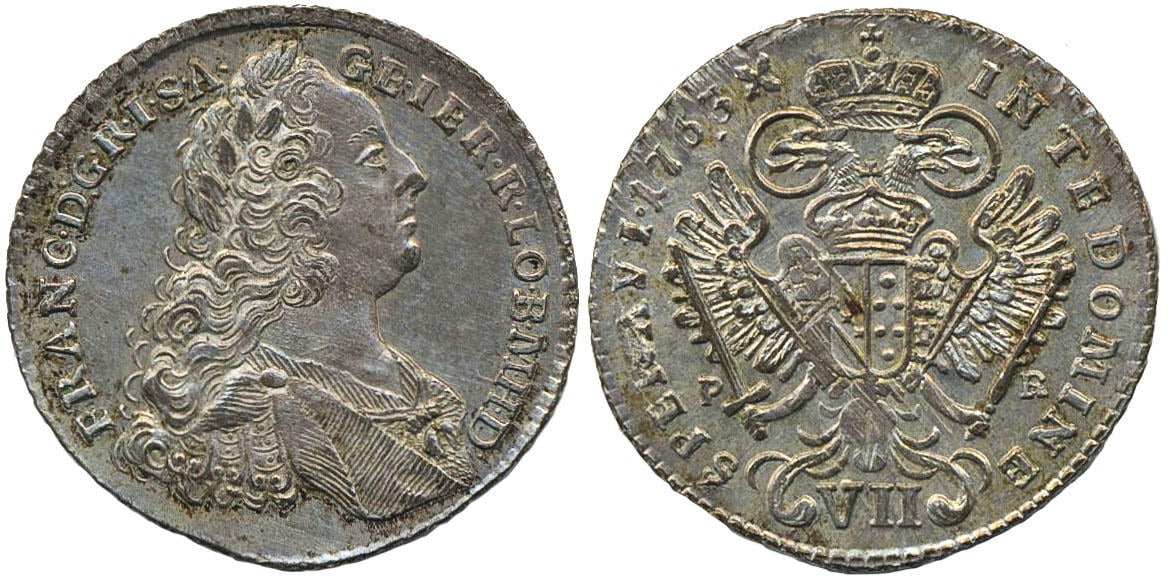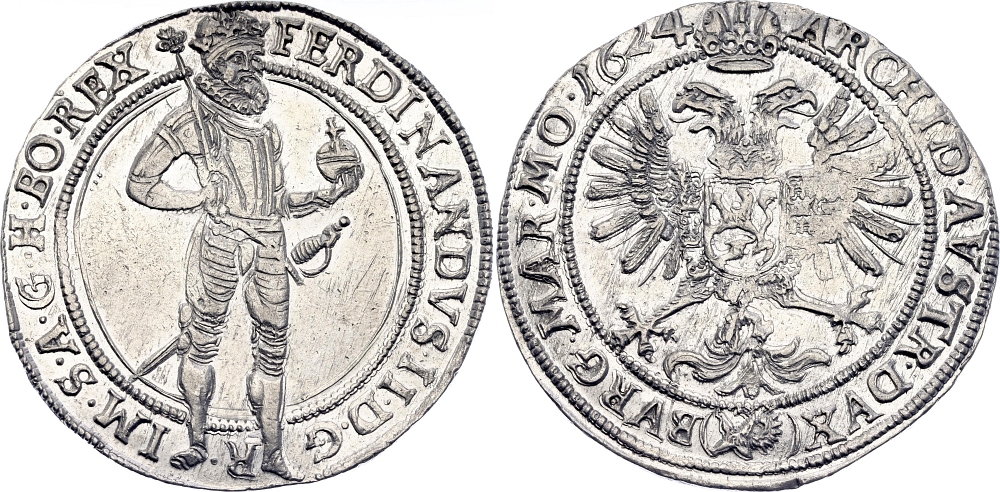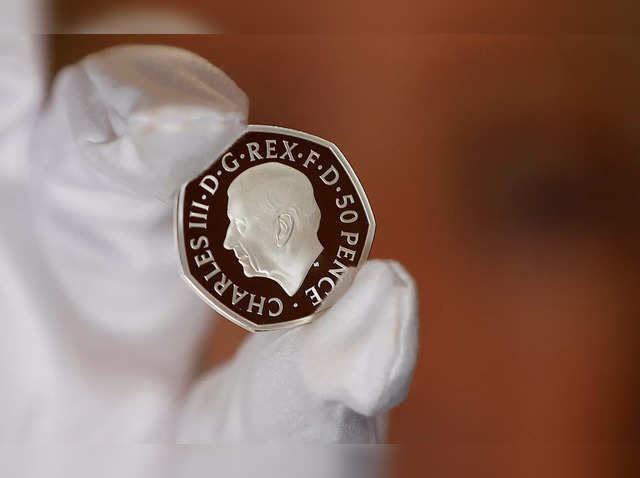Handy Reasons On Scanning Czechoslovakia Medals
Handy Reasons On Scanning Czechoslovakia Medals
Blog Article
What Are The Steps Artists Can Take To Create Sketches Or Designs For Gold Coins Or Medals?
Artists employ various techniques to create sketches and designs for gold coins or medals, adapting traditional methods or utilizing digital tools for visualizationHand-Drawn Sketches
Pencil or pencil Sketches- Artists often start by sketching their initial ideas with pens or pencils on paper. The sketches are helpful in conceptualizing the layout and design of the medal or coin.
Detail rendering. The artist refines their initial sketches. They incorporate more details and contours to the sketch, aswell making adjustments to the composition. This process may require several attempts to reach the desired effect.
Tracing or Inking- After being satisfied with the pencil sketch then the artist can draw the design in a way to create a clearer and more distinct outline. For this step it is normal to trace a pencil sketch onto another sheet or use tracing paper.
Incorporate depth and shading. Artists make use of shading to achieve realism and to emphasize particular design elements.
Digital Design Creation
Graphic Design Software. Artists proficient in digital design use Adobe Illustrator and Photoshop, and specific modeling software. Digital design is created with tools that allow for exact scaling and editing.
Vector Graphics Designs can be made in vector graphic files which allow for quality to be maintained even when the image is enlarged. This allows the design to be scaled down to various coin sizes, while maintaining its clarity.
3D Modeling - For experienced artists, 3D modeling is a method of visualizing a coin design or medal in 3D space. This creates a more realistic image and allows you to comprehend the final appearance of the design.
Visualization and Rendering- Artists can simulate the appearance of a finished medal or coin by using various finishes, textures, or effects. They are also able to visualize the design under different lighting conditions or surface conditions.
Hand-drawn and digital designs require careful attention to particulars, artistic abilities and a solid understanding of the technical constraints as well as the specifications and requirements for minting medals and coins. Artists choose their preferred design technique based on the amount of experience they have, client needs and the aesthetic they want to achieve. Read the most popular drawing Prague Mint gold coins blog tips. including gold and silver dealers, gold coin dealers near me, gold bullion coins, purchase gold coins, 24k gold coin, gold silver dealers, best place to buy gold bars, gold coin prices, gold medals michael phelps, american gold eagle 1 oz and more. 
How Does A Janvier Machine Transfer The Gold Medal Or Gold Coin From The Master Hub Onto A Functioning Hub?
A Janvier machine, sometimes known as a pantograph or reducing machine is a special device that is used during the process of minting that transfers a coin or medal design from a master hub a working hub. This article will explain how it accomplishes this Master Hub Creation-
The master die is the primary mould or die that has exactly the design that appears on the coin. It's produced with high-quality CNC cutting.
Janvier Machine Installation
The Janvier Machine consists of two parts: a stylus to trace the design and a cutting tool that cuts the design.
The Janvier machine includes a master wheel attached to the machine. It is used as a model, from which designs will be transferred.
The process of tracing a design
The Janvier stylus of the machine records the contour of the design when it travels along the surface of the master hub. When the stylus is moved along the surface of the hub master, it records the design's profile.
Reduce the Design
On the Janvier cutting tool, it copies the designs traced onto the central hub of the machine, which is usually made out of steel, a soft metal or Nickel.
The cutting tool is used to reduce or reproduces the design on the working hub on an enlarge or decreased size when compared to the master hub. This allows the cutting tool to create coins and medals of the exact size.
Precision and Accuracy
Janvier's machine is operated with precision, ensuring an accurate transfer from the master hub into the working hub. It replicates even the tiniest details and contours precisely.
Quality Control-
The hub's working part is subject to inspection and quality control to make sure that it is in line with the specifications and precision for the strike process.
Further Processing
The hub of work created by the Janvier machine is utilized as a tool during the coin or medal striking process. The die or mold is used to create multiple medal or coin blanks using the transferred design.
Janvier machines are crucial for the production of coins and medals. They enable the precise reproduction of intricate coins or badge designs. Working hubs can be utilized in the mass production process of medals or coins. See the most popular janvier processing Czechoslovakia gold coins more info. including gold silver shops near me, gold eagle coin price, gold bullion price, chinese gold coins, silver price jm bullion, st gaudens gold coin, sell gold silver near me, silver nickel, coin 1, 50 dollar gold coin and more.
Why Are Dies Required To Be Polished By Hand To Achieve A Flawless Finish On Gold Coins And Awards?
For several reasons, it is essential to polish dies manually in order to have a smooth, perfect surface. Improved Detail reproduction With hand polishing, imperfections, burrs or irregularities are removed from the die's surface. A smooth surface permits intricate details to be better recreated on the medals and coins.
A die that is polished produces coins and medals with sharper edges, better relief, and more defined features. This increases the overall aesthetics and quality of the final product.
Reduced Wear- Polishing can reduce wear and friction in the process of making strikes. A smooth surface minimizes the possibility of mistakes or inconsistencies being caused on the medal or coin struck caused by rough surfaces.
Consistency in the Striking. Hand-polished dies create a consistent striking face, which guarantees consistency throughout the entire process of minting. Consistency in design is essential to ensure accuracy in depth, size, or overall quality on multiple coins and medals.
Die longevity- Die that is well-polished is less susceptible to wear or damage during the striking procedure. These dies have increased durability, and can be used for longer strikes without compromising quality.
Precision and Accuracy. Hand polishing lets engravers refine, fine tune and perfect specific areas on the die. The specifics will be precisely depicted on the engraved coin or medal. This is crucial to the precision of the final product.
Quality Control - Polishing is an integral element of quality control. Examining the die in the hand polishing process permits the detection and correcting any flaws before the striking procedure.
Surface Finish- Polishing adds distinctive finish or texture to coins and medals and increases their appeal.
Hand polishing dies for gold medals and coins by hand is an essential step to make sure that the minted product will be high quality precise, accurate, and pleasing to the eye. This step is crucial to the appearance, durability and the consistency of the finished product. Follow the top hand polishing Prague Mint gold medals website examples. including buy gold silver, gold coins for sell, 1 10 ounce gold coin, american gold eagle, 100 gm gold biscuit, american eagle gold coin price, coin gold price today, krugerrand coin, buy gold and silver, $50 gold coin and more.
How Does Gold Get Through The Coin Presses, And Then Stamped Under High Pressure During Minting?
In the process of coining, blanks of gold are loaded into coin presses at extreme pressure. They are then stamped to produce completed coins or medals. This article will provide an overview of the process involved in loading blanks
The loading of gold-plated blanks into a feeder that is connected to the coin press takes place after they have been cleaned, inspected and graded. The feeder system is responsible for ensuring a continuous flow of blanks into the coin press.
Feeding Blanks to the Press
The feeder system directs the blanks one after another into the chamber of striking for the coin press. This guarantees the exact positioning of each blank prior to the stamping.
Alignment of Position
In the press, the blanks are aligned before being placed in the striking chamber to ensure that they are completely centered and oriented to be used for stamping.
Strumming at High Pressure
The coin presses exert high pressure on the gold blanks with a pair dies, one stationary and the other mobile. The stationary die makes negative impressions of the design that are made on the coin, while the moving die is used to strike the blank.
Die dies hit the blank with a lot of force, transferring the design onto its surface. The pressure exerted by the dies creates the design, creating the raised relief and details on the coin, or medal.
Striking repeatedly
Multi-strikes are a great option for high-end coins and medals, such as proofs or collector's editions. This results in a sharper and more defined image. Each strike refines the detail in the blank.
Ejection and Collection
After they have been struck, the newly minted coins or medals are removed from the press, and then placed in containers or trays. They are then inspected for quality control, to ensure that stamped designs meet the requirements of all standards and specifications.
Post-Processing-
If the mint requires it, they may also apply other processes for edge lettering, reeding of the edges, or post-strike treatment.
The use of high pressure to stamp, which imparts a design on the gold blanks, is crucial, as this makes them into finished coins or medals to be used in collectors, circulation or for commemoration. This process is extremely precise because any alterations in alignment or pressure can alter the appearance and performance of the final product. Have a look at the recommended minting Czechoslovakia gold coins website examples. including 5 dollar gold coin, one oz of gold, krugerrand coin, gold buy bullion, gold and bullion, cheerios sacagawea dollar, $20 gold coin, 100 gm gold biscuit, 1 10 oz gold eagle, gold biscuit buy and more.